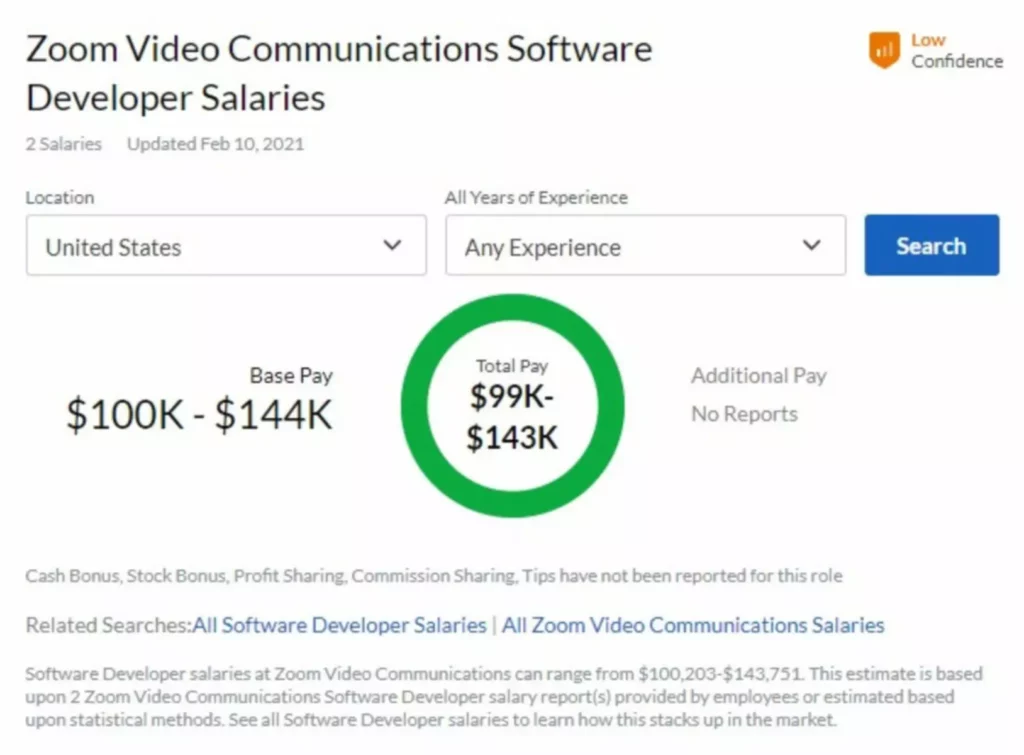What Is: Pagination Understanding Pagination Techniques
Page-based navigation divides data into uniformly sized pages, simplifying knowledge dealing with and enhancing the developer expertise. More particularly, it lets you specify the web page number and the web page dimension (limit). From there, the server can calculate the offset and return a page with gadgets that match the page dimension. These methods assist APIs handle large datasets efficiently while delivering consistent and dependable results to purchasers. These challenges result in performance issues, inconsistent results, and poor consumer experience. The proper pagination method determines whether or not an API scales smoothly or breaks under load.
Check Your Implementation
The implementation stays constant even with completely different time zones and knowledge frequencies. The pagination API response accommodates both the data and a new cursor value that points to the following page’s starting position. This method works exceptionally nicely with stay information streams and social media feeds. REST API pagination implementation begins with a deep understanding of information characteristics and utilization patterns. Google search bots garner content material from totally different pages and then choose which one is canonical.
This guide covers common pagination strategies, implementation suggestions, and best practices for clean, efficient API design. Implementing pagination is crucial for building https://deveducation.com/ scalable, performant, and user-friendly APIs. By understanding the different pagination methods and their tradeoffs, you can choose the proper strategy on your particular needs. This information has offered a comprehensive overview of offset-based, cursor-based, and key-set pagination, with practical code examples to get you began. Remember to carefully consider the characteristics of your data, the performance requirements of your API, and the navigation patterns of your customers when choosing a pagination strategy.

Guaranteeing consistency and reliability in pagination outcomes is essential, particularly when coping with massive amounts of data which will change incessantly. One such approach is cursor-based pagination, which makes use of a cursor or pointer to the next subset of data instead of a hard and fast offset. By utilizing a cursor, you’ll find a way to ensure that the pagination outcomes remain constant even in the presence of information modifications. One benefit of time-based pagination is that it allows for easy retrieval of the newest results, which is commonly a common use case for time-series information. Time-based pagination may be implemented using both offset-based or cursor-based pagination methods. In offset-based time pagination, the start and end times are converted into an offset worth, and the client can retrieve the subsequent set of outcomes by specifying the following offset value.
Additionally, poorly implemented pagination may find yourself in duplicate content material issues, which might negatively affect web optimization. It is essential to strike a steadiness between usability and search engine optimization to ensure that pagination serves its intended what is pagination objective effectively. There are a number of kinds of pagination strategies, including numeric pagination, infinite scrolling, and load more buttons.

Enhanced Consumer Experience

Each strategy presents unique strengths, and you will learn how to implement pagination in REST API properly. Implement caching mechanisms to retailer paginated data or metadata that does not regularly change. Caching may help enhance performance by decreasing the load on the server and lowering the response time for subsequent requests. In this article, we’ll focus on the best practices for implementing API pagination, guaranteeing that developers can handle large datasets effectively and ship information in a manageable and environment friendly method.
Relaxation Api Pagination Greatest Practices
Nonetheless, it can be extra complicated to implement and requires cautious management of the cursor to ensure that it’s unique and stable. API pagination efficiently handles massive datasets by breaking them into smaller chunks. It improves efficiency, reduces server load, and ensures reliable information delivery. This information explores its methods, benefits, greatest practices, and implementation.
Advantages Of Key-set Pagination:
Numeric pagination displays a set number of pages, allowing customers to click through each page sequentially. Infinite scrolling automatically loads extra content material because the consumer scrolls down the page, providing a seamless expertise. Load more buttons require customers to click a button to load additional content, providing a balance between the two methods. Every sort has its advantages and is chosen based mostly on the particular wants of the application and user preferences. Implementing pagination effectively requires an understanding of the specific type of content material being introduced and the way customers work together with it.
This comprehensive information will explore varied pagination methods with code examples that will help you implement efficient pagination in your APIs. When dealing with massive datasets, fetching all the data directly can lead to performance bottlenecks and a poor user expertise. Pagination divides massive datasets into smaller, more manageable chunks, permitting shoppers to request data in discrete pages. This drastically reduces server load, improves response times, and supplies a smoother experience for customers. It improves efficiency, reduces server load, and helps customers navigate giant datasets easily.
Fourth, optimize the database queries through the use of efficient question patterns, optimizing question execution plans, and reducing the variety of joins or subqueries. Adding or eradicating information between API calls mustn’t disrupt the data order or cause duplicate entries. Clear and constant naming conventions make APIs simpler to understand and use. Parameters like web page, limit, offset, and cursor ought to observe a normal format that aligns with API documentation. Pagination ensures that only the requested data is transmitted over the community, minimizing knowledge switch and enhancing general community efficiency. The cursor represents a pointer to a particular document, permitting the API to return outcomes starting from there.
This question fetches lively items, sorted by creation date in descending order, whereas respecting pagination. Will Get more benefit to get ready for performance as it reads gadgets are limited per web page. Obtained an explicit structure in order that users can get around the website very simply that only has discrete pages. One perception is the vacation spot and can skip sure parts of their pursuits.
- These limitations make page-based pagination unsuitable for giant data sets and fast-changing knowledge.
- In the context of knowledge evaluation, pagination is important for managing giant datasets.
- Keyset pagination depends on sorting and using a unique attribute or key in the dataset to determine the starting point for retrieving the next web page.
Without pagination, customers might face long loading occasions and even timeouts when retrieving massive amounts of knowledge. It additionally conserves server resources, preventing overloading and potential system failures. Pagination is useful where you want to present a large knowledge set in manageable chunks. However, must be cautious in the way you implement it, so as to serve each your users and search engines successfully.
When you have ‘shallow’ hyperlink depth, then link equity may be passed to paginated pages, giving them a chance to rank as standalone pages. This article by Google explains how to go about making a web page canonical amongst different pages with duplicate content. It is best to use variations of the identical keyword in order to avoid keyword cannibalization. Sites will now want to make use of keywords in anchor text that hyperlink again to top-levels.
